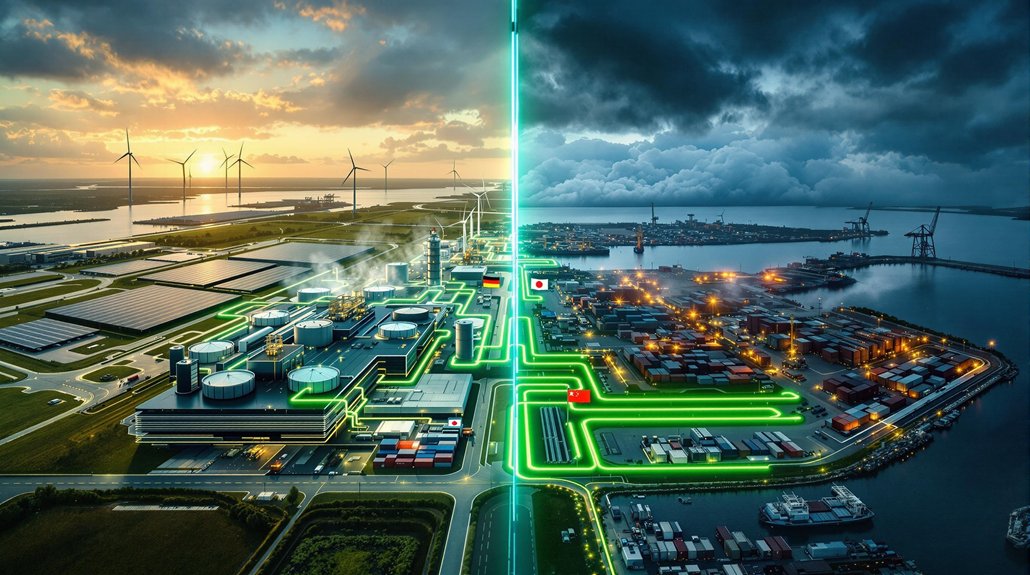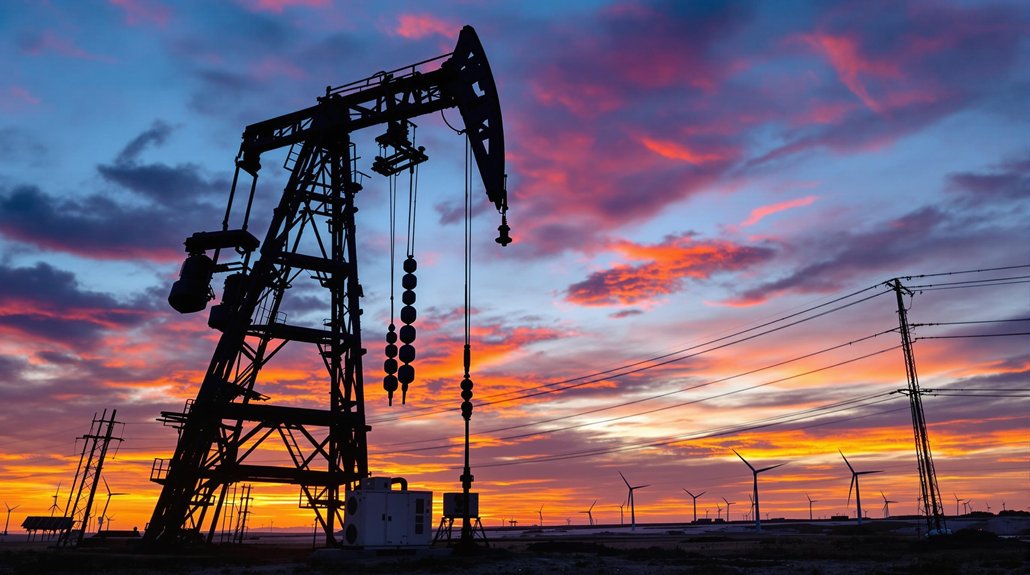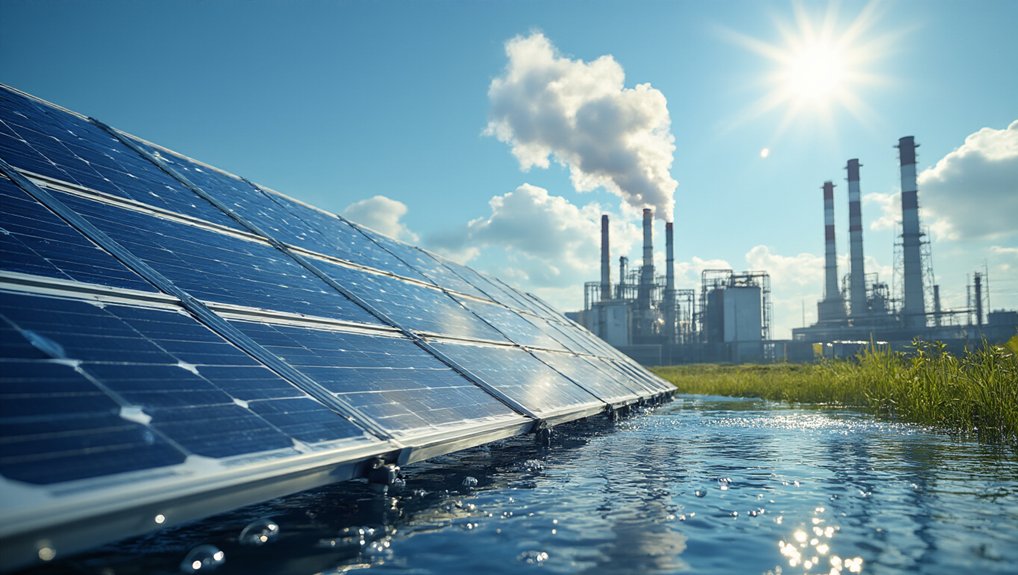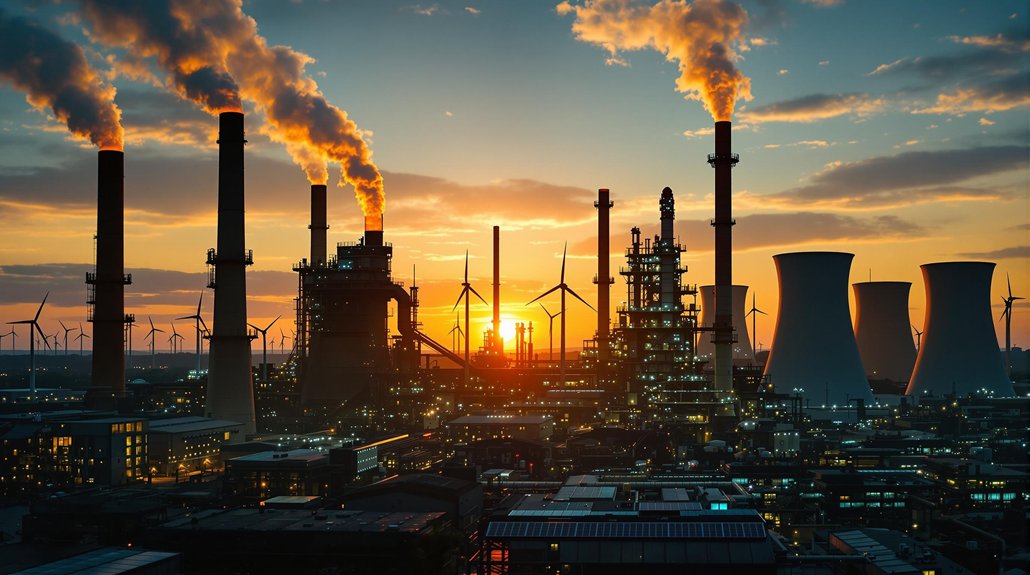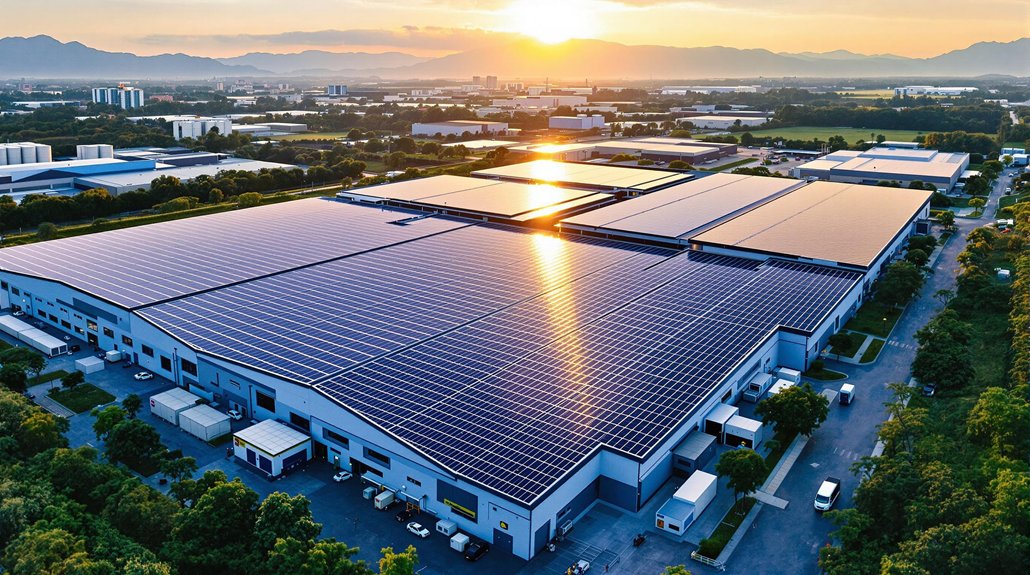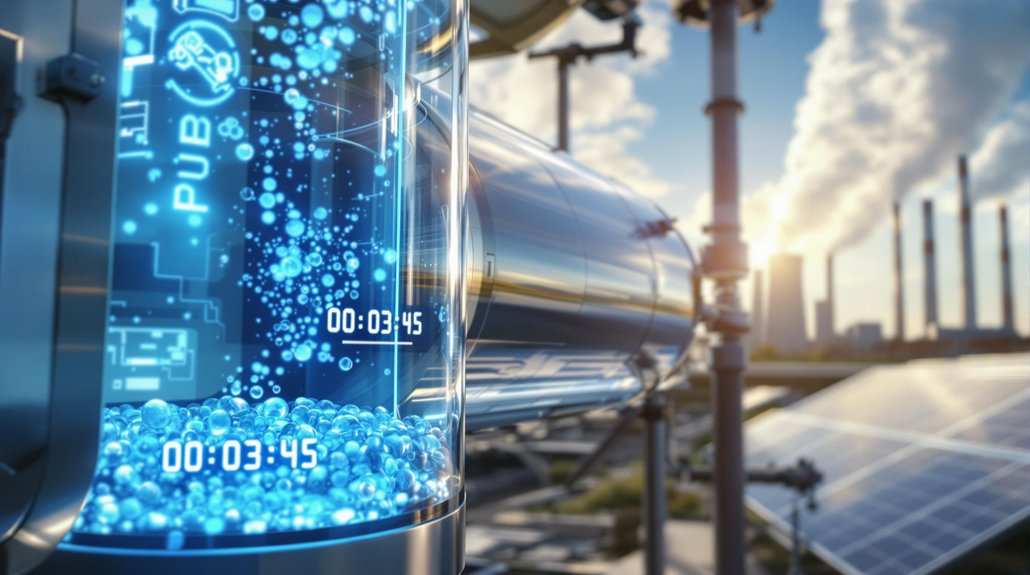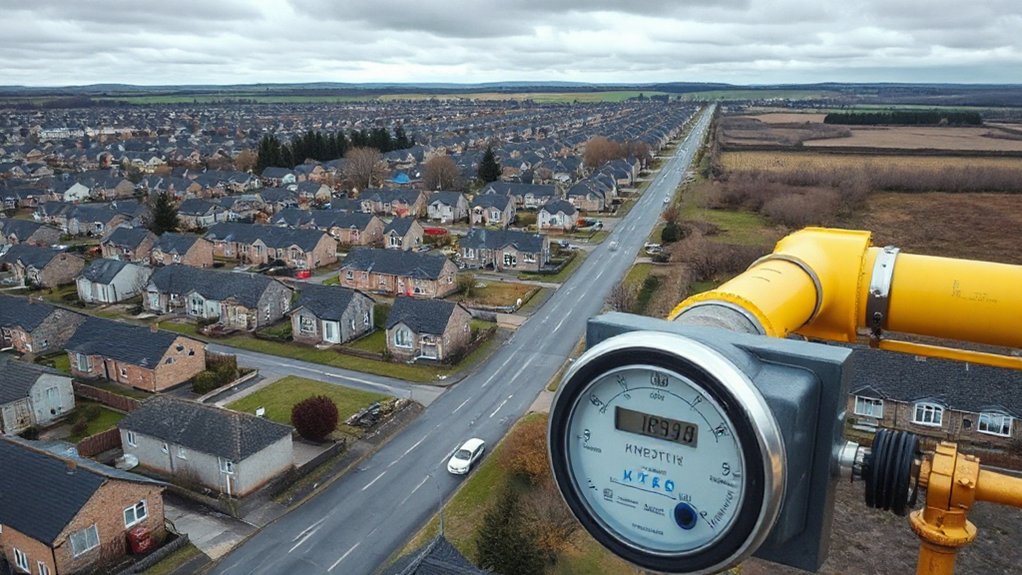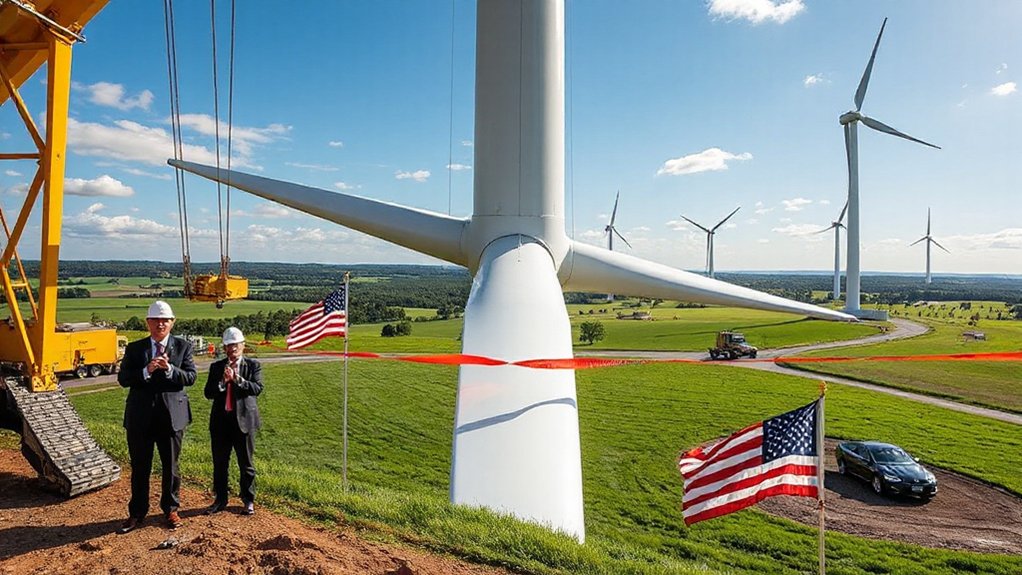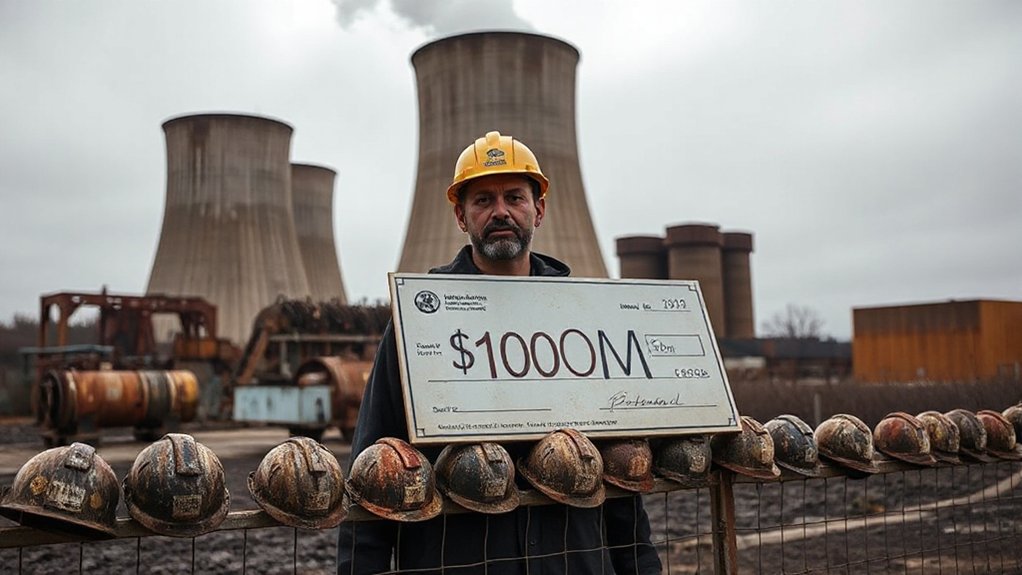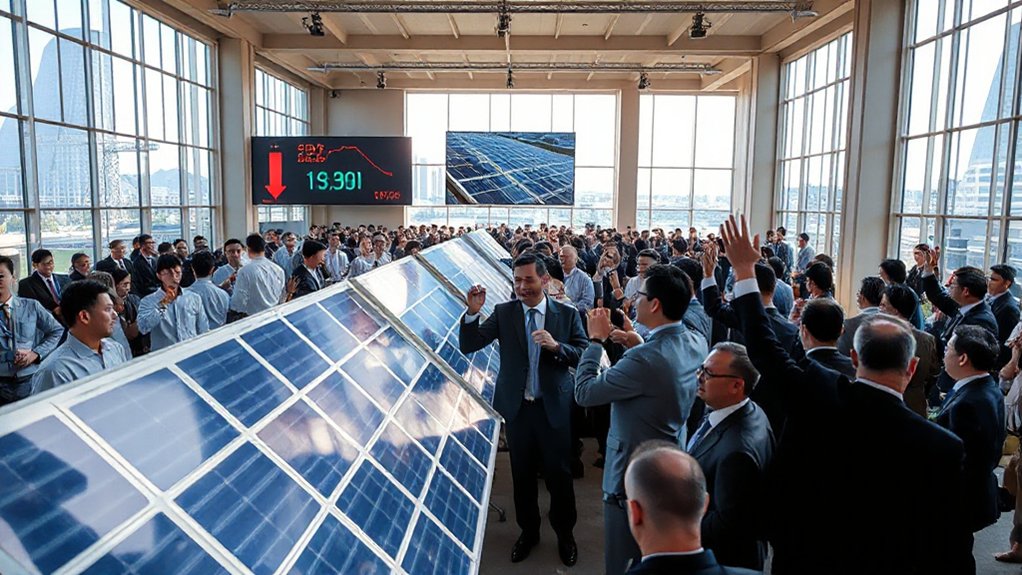Global green hydrogen alliances are expanding rapidly despite international trade tensions. China, Japan, and Europe have established major hydrogen partnerships with hundreds of members, while global installed capacity jumped 60% in 2023. With 41 countries now having hydrogen strategies, the market could reach $112 billion by 2030. Production challenges persist, including high costs and limited infrastructure. These collaborative efforts may determine whether green hydrogen fulfills its clean energy promise.
As nations around the world search for cleaner energy solutions, global green hydrogen alliances have emerged as powerful tools for international cooperation. These alliances aim to develop affordable green hydrogen technologies and deploy them in both advanced and developing economies. The Global Green Hydrogen Alliance proposes a six-step approach including inventory, assessments, partnerships, funding, intellectual property rules, and standards.
Global green hydrogen alliances unite nations in developing affordable clean energy solutions through structured international cooperation.
Several countries have already formed their own hydrogen initiatives. China launched its hydrogen alliance in 2018 with 87 global members. Japan followed in 2020 with the Japan Hydrogen Association, also gathering 87 industrial members. The European Clean Hydrogen Alliance started the same year and now counts over 1,000 partners. More recently, India announced its National Hydrogen Energy Mission in 2021, while the UAE launched the Abu Dhabi Hydrogen Alliance.
The global installed capacity for green hydrogen reached 1.1 GW in 2023, showing a 60% increase from 2022. China currently accounts for 30% of this capacity. Experts predict that the market could expand to $112 billion by 2030 in an ambitious scenario, with production capacity potentially reaching 150 GW.
Despite promising growth, the industry faces significant challenges. The current production gap is striking, with only 147.6 kilotons of green hydrogen produced globally in 2023 compared to 4,687.3 kilotons of blue hydrogen. High production costs compared to conventional hydrogen, limited infrastructure, and regulatory uncertainties remain barriers. A major concern is the geographical disparity between regions with high green hydrogen potential and actual investment destinations. Competition from blue hydrogen (made from natural gas with carbon capture) also persists.
Governments are responding with supportive policies. Currently, 41 countries have hydrogen strategies. The U.S. offers Clean Hydrogen Production Tax Credits, while the EU aims to produce 10 million tonnes of renewable hydrogen by 2030. China plans extensive hydrogen pipelines, and Japan has implemented contracts for difference to encourage development. Green hydrogen represents a promising emerging technology that could help achieve the six to eight-fold increase in renewable capacity needed by 2050.
These alliances focus on accelerating technology development, promoting collaboration, establishing global standards, pooling resources for research, and connecting technology developers across borders. As the green hydrogen market continues to grow at a projected CAGR of over 31% through 2032, these international partnerships will likely play a vital role in the energy transformation.
